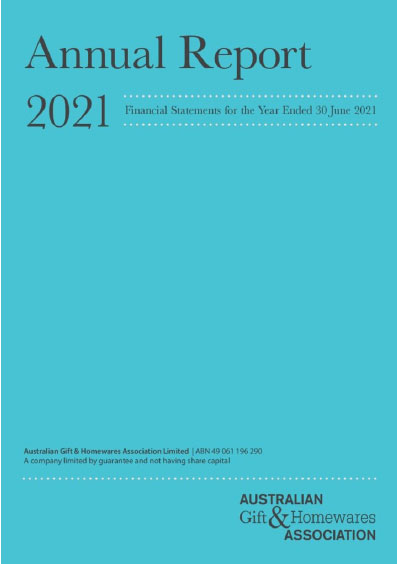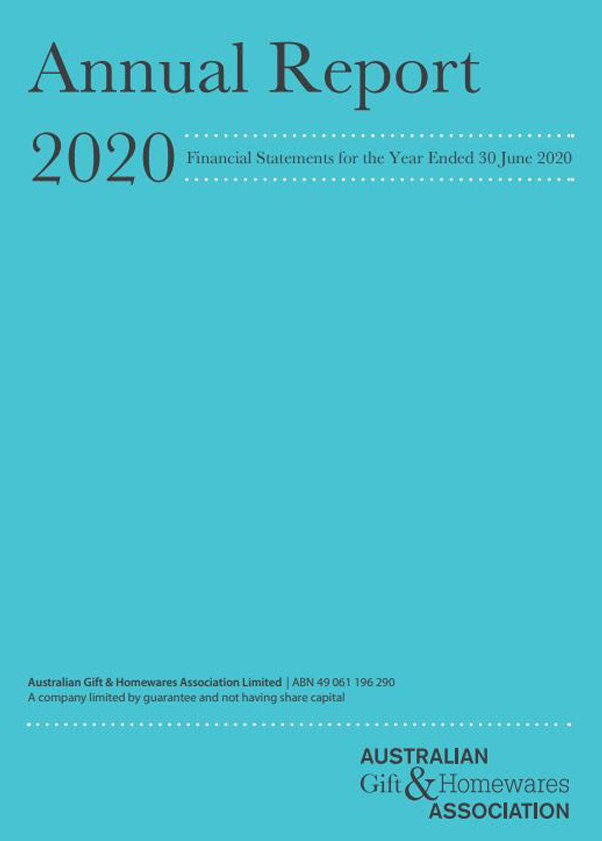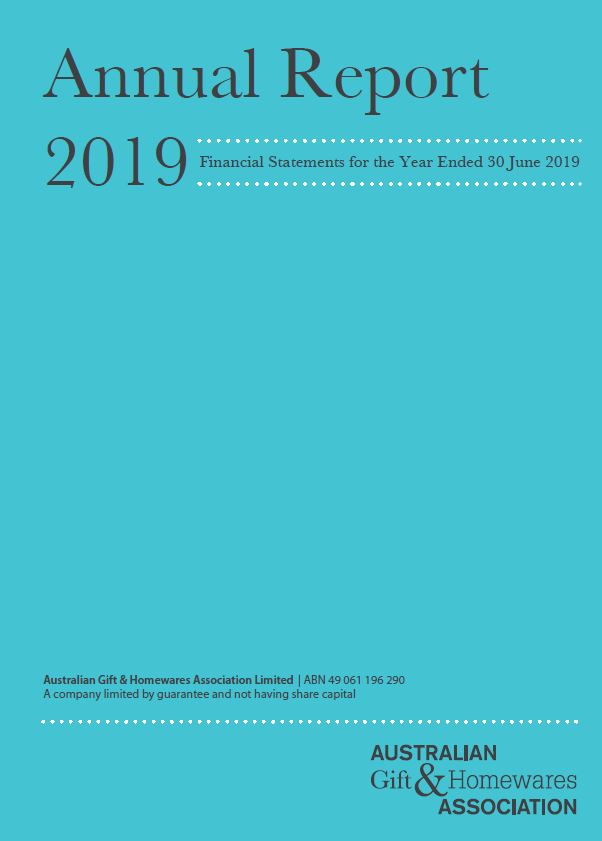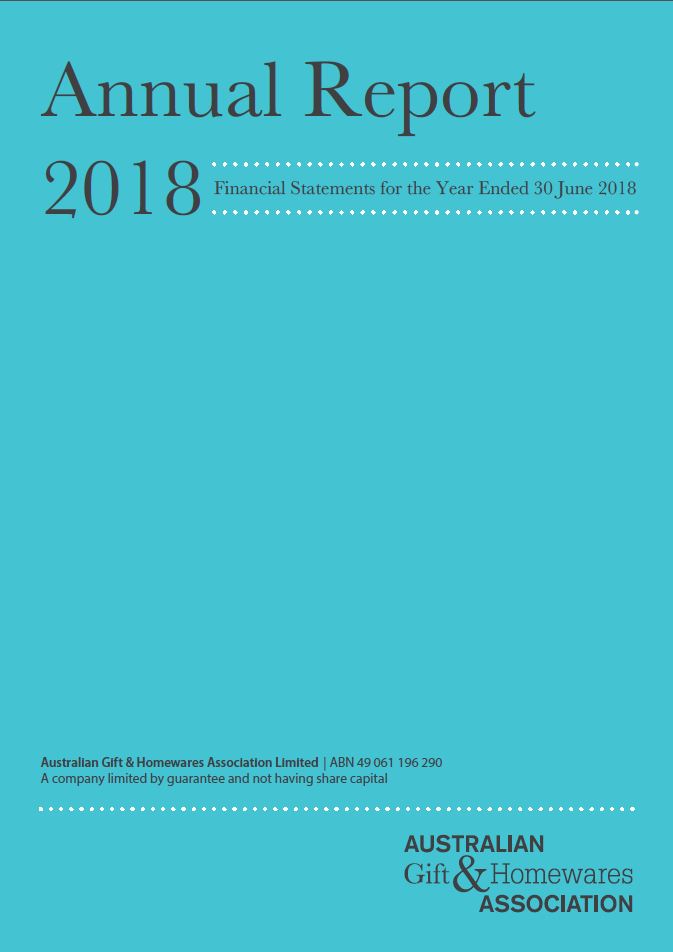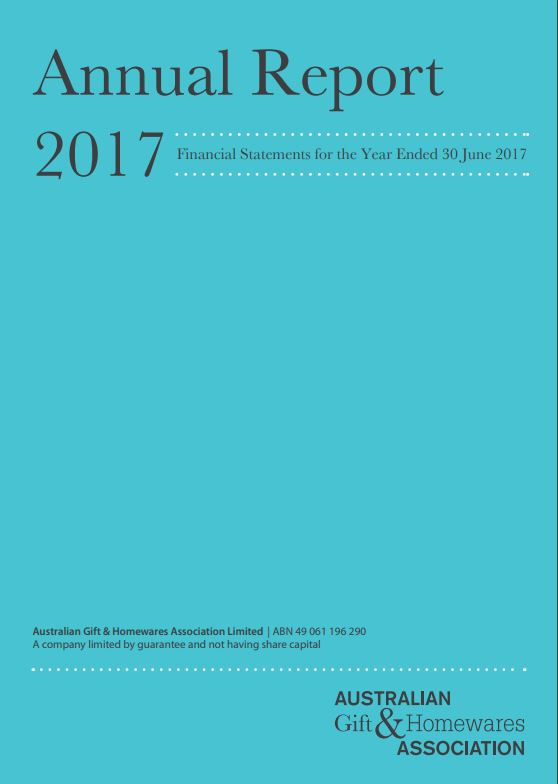The Federal Government’s urgent response to the impact of COVID-19 on the economy led to the passing of two Bills by the Commonwealth Parliament.
The following Acts commenced operation on 9 April 2020:
a) Coronavirus Economic Response Package (Payments and Benefits) Act 2020; and
b) Coronavirus Economic Response Package Omnibus (Measures No. 2) Act 2020.
They set out obligations employers must satisfy in order to be eligible for JobKeeper payments. They also provide new powers to employers to give directions to employees (including stand downs) and reach agreement on other issues.
JobKeeper Payments – Turnover Requirements:
Employers are now eligible for the JobKeeper payment of $1,500 per fortnight per employee until 27 September 2020 if:
- Their business has or will likely have a reduction in turnover of 30% or more for the relevant month or quarter (for businesses with an annual turnover of less than $1 billion)
- Their business has or will likely have a reduction in turnover of 50% or more for the relevant month or quarter (for businesses with an annual turnover of more than $1 billion)
The scheme is also available to sole traders or self-employed people.
Employer Payment Obligations
Three employer payment obligations are mandated, as follows:
1. Satisfy the wage condition: This is presumably the requirement that the employer first make the relevant wage payment to the employee, before the ATO will reimburse the employer for that payment via JobKeeper.
2. Minimum payment guarantee: Employers must ensure that the total amount payable to the employee for the fortnight is the greater of:
a) The JobKeeper payment for the employee or
b) The amounts payable to the employee for the fortnight in relation to the performance of work (including overtime, penalties, loadings, leave payments, etc).
This means that part time or casual employees (who qualify) must be paid the full $1,500 per fortnight, even if they would normally earn less.
3. Hourly rate of pay guarantee: If JobKeeper is given to an employee, the employer must ensure that the base rate of pay (worked out on an hourly basis) is not less than the base rate of pay that would have been applied if the direction had not been given. If the employee is not paid by reference to an hourly rate of pay but a workplace instrument applies (e.g. award/enterprise agreement), then the base rate of pay is that outlined in the instrument.
Directions to employees and related measures
Stand down and related options. An employer can give employees directions to:
a) Not work on days they would usually work
b) Work for a lesser period than they would ordinarily work on any days
c) Work a reduced number of hours (compared with their ordinary hours of work). This can include a complete stand down, with no hours worked. Numerous requirements must be satisfied in order for such a direction to be permissible.
Periods during which an employee is under a direction count as service as an employee (i.e. periods of full or partial stand down still count as service). Also, during a period of stand down, the following apply as if a stand down direction had not been given:
1- Leave accrues
2- If the employer makes a request to the employee to take paid annual leave as outlined above, then leave accrues whilst the leave is being taken
3- Redundancy pay and pay in lieu of notice calculations are to be based on ordinary hours and rates of pay
Direction to perform duties
An employee can be directed to perform duties within their skill and competency. This allows employees to be allocated duties that they would not normally perform where there is not the same need for any or all of their duties currently, owing to the pandemic.
Direction to work from different location
An employee can be directed to perform duties at a different location (including at their home). Before any of the above three directions can be given, there are a number of requirements that must be satisfied. These vary depending on the direction. Periods during which an employee is under a direction count as service as an employee (i.e. periods of full or partial stand down still count as service). See below for further detail about JobKeeper enabling directions.
Agreement with employee about days of work/taking paid annual leave
In addition to directing employees on the above issues, employers can also reach agreement with employees to:
a) Perform duties on different days/at different times; and
b) For employees to take paid annual leave as normal, or take twice the amount of annual leave at half their rate of pay.
Employees must consider and not unreasonably refuse any request from an employer for any such agreement. The types of agreements that can be reached are summarised below.
Other Issues
Employee requests during direction
Employers must consider and not unreasonably refuse requests by an employee to:
a) Engage in reasonable secondary employment; or
b) Undergo training/professional development.
Disputes
The Fair Work Commission may deal with disputes about the operation of these provisions by arbitration.
Paid parental leave
The period during which an employee is in receipt of the JobKeeper allowance is considered to be “qualifying work” for the purposes of the paid parental leave work test.
Potential Job Keeper Enabling Directions
A. JobKeeper Enabling Stand Down (JESDD)
Employers can give a JESDD to employee to:
a) Not work on day(s) employee would usually work;
b) Work for a lesser period than they would ordinarily work on a day(s); or
c) Work a reduced number of hours (compared with ordinary hours), potentially down to nil hours
JESDD does not apply to an employee during authorised paid/unpaid leave/absence.
Necessary requirements for a JESDD
Comply with requirements 1 to 9 inclusive in the requirements listed below.
B. Direction to perform duties: can direct employees to perform duties within their skill and competency (i.e. duties other than normal duties).
Necessary requirements for a duties direction
Comply with requirements 1 to 12 inclusive (except for 7) in the requirements listed below.
C. Direction to perform duties at different Location
Can direct employee to perform duties at a different location (including employee’s home).
Necessary requirements for a location direction
Comply with requirements 1 to 9 inclusive (except for 7) plus 13 and 14 in the requirements listed below.
Agreements with Employees About Days of Work and Taking Paid Annual Leave
A. Agreements about days of work
Employers can reach written agreement with employees to perform duties on different days.
If employer makes a request for days of work agreement:
a) Employee must consider request; and
b) Employee must not unreasonably refuse request.
Necessary requirements for a days of work agreement
Comply with requirements 3, 4, 6, 15 and 16 in the requirements listed below.
B. Agreements about taking annual leave
Employee must consider and not unreasonably refuse request by employer to take paid annual leave if:
a) Employer satisfies items 4 and 6 in Table 1; and
b) The balance of annual leave remaining does not drop below 2 weeks.
Double leave at half pay – it can also be agreed in writing to take twice as much paid annual leave at half the rate of pay.
Necessary requirements for annual leave agreement
Comply with items 4 and 6 in the requirements listed below.
For the full list of requirements for Job Keeper Enabling Directions and agreements click here.


















